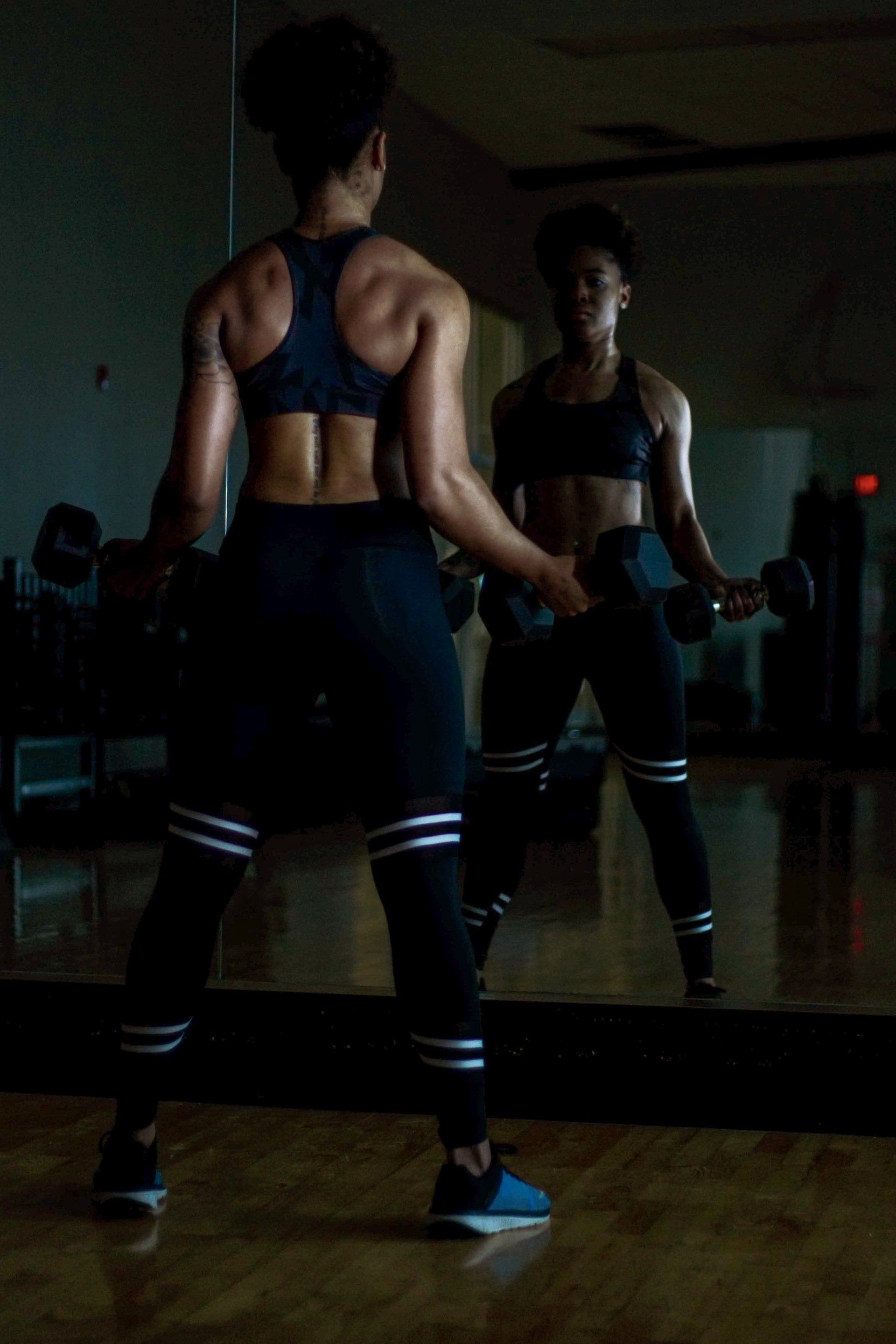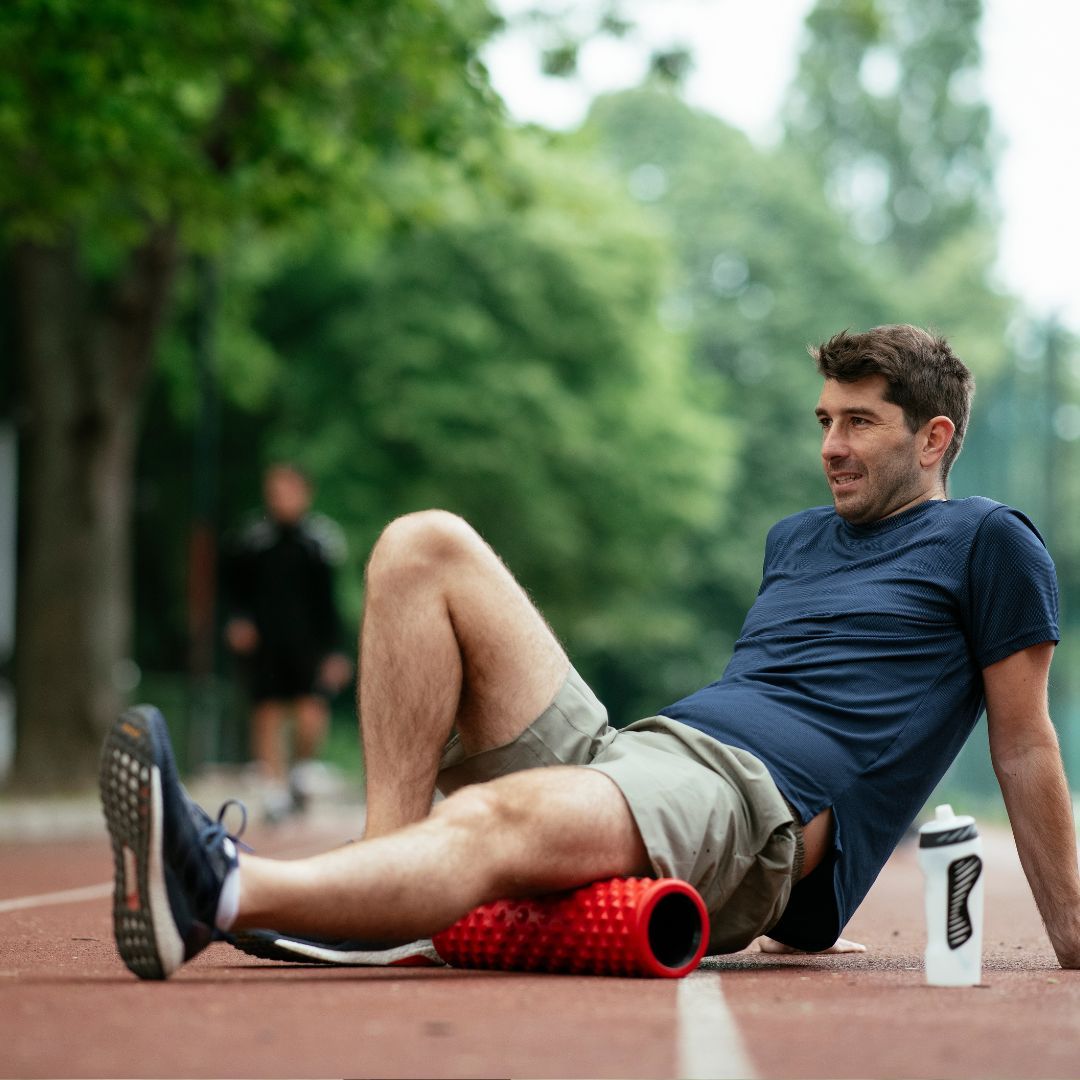Beginner Strength Training
Are you new to strength training?
You've probably seen those crazy CrossFit people on social media, straining and sweating through impossible workouts.
You might have even thought to yourself, "How do they do that? I could never do something like that. Is that what I really need to get strong for running? Impossible!"
But you don't have to be a CrossFit enthusiast to reap the benefits of strength training.
In fact, beginner training is a simple and effective way to start improving your running levels.
This guide will introduce you to the basics of beginner training so that you can start getting in shape today.
And so, are you ready to learn? Let's get started!
Setting Realistic Goals
You've just joined a gym, or maybe you're thinking about joining one. You're new to this whole strength training thing, and you want to set some goals.
But where do you start?
Well, it's important to set realistic goals as a beginner trainee, and the goals should be oriented towards building base levels of strength, endurance, and learning the proper exercise form on the main exercises.
This may seem like a lot to take in at first, but don't worry - strength training is not about setting the goals of "getting abs" or “lifting heavy”
It's all about establishing a strong base layer of physical properties and motion control.
Think of it as building the foundation of your house.
So again:
- Build some strength,
- Build in some endurance,
- Learn proper exercise form.
These are the basics that will yield way more results in the long term than just going flat-out reckless in your training as a beginner.
Compound Exercises
If you're new to the gym, the array of equipment and exercises can be daunting.
But don't worry, there is a 'secret' ... Compound exercises!
Compound exercises are key for any fitness training regimen, especially for beginners.
These are exercises that involve multiple joints and muscle groups, and they provide a host of benefits.
For one, they help to build functional strength, which is the type of strength that you use in running and other everyday activities.
Additionally, compound exercises are more efficient than isolation exercises, meaning you can get more bang for your buck in terms of time and effort.
In the section above, we mentioned that learning the proper exercise form for the main movements is a must for beginners.
So which are the main movements we're talking about?
Here’s a list for you:
- The Squat (Barbell, dumbbell, machine) - Targets the quadriceps primarily, but also the hamstrings, glutes, and lower back.
- The Bench Press (Barbell, dumbbell, machine) - Targets the chest primarily, but also the shoulders and triceps.
- The Deadlift (Barbell, dumbbell, conventional, Romanian) - Targets the hamstrings/glutes/lower back primarily, but also the forearms and trapezius.
- The Overhead Press (Barbell, dumbbell, machine) - Targets the shoulders primarily, but also the triceps and upper chest.
- The Pull-Up (Wide grip, narrow grip, neutral grip) - Targets primarily the back but also the biceps and forearms.
- The Parallel Bar Dip - Targets the chest primarily but also the triceps and shoulders.
- The Row (Barbell, dumbbell, machine) - Targets the back primarily, but also the biceps and forearms.
- The Lat Pulldown - Targets the back primarily, but also the biceps and forearms, just like the row does.
At the very beginning of your training process, it would be best for these exercises to be the sole focus of your workouts.
As you advance, you can (and should) include accessory exercises, such as dumbbell exercises.
Rest Times
As runners we all want to spend our time running not strength training. This leads some people to rushing through workouts with no rest between exercises. However, although this is more time efficient, you will not reap the benefits of your work as much as if you slow down a bit!
You add more weight, you up your reps, but you just can't seem to break through to the next level.
The answer, it turns out, may be as simple as taking breaks between sets.
That's right - in any weight training workout, rest times between sets are of the essence because they allow you to maintain performance and create greater overall training volume.
By taking longer breaks (up to 2.5-3 minutes,) you can keep your muscles fresh and prevent them from becoming fatigued too early in the workout.
As a result, you'll be able to push yourself harder and achieve better results.
Again, 2 minutes minimum between your working (high-exertion) sets.
Fitting Strength in with Running
This is the age-old dilemma! But it’s actually quite easy.
Strength work should be completed on the same day as your quality sessions, preferrable 6-8 hours after. For instance, quality session in the morning then strength in the afternoon/evening. This way your body is recovered enough from the running to give full effort ot the strength training. Then the next day would be an easy or rest day which would allow your body to adapt the strenuous work done the day before.
The goal here is to keep your easy days easy so you can make your hard days HARD!
Rest Days
When you strength train (and to be honest when you run too!), you're actually breaking down your muscle tissue, and in order for it to grow back stronger, you need to give it time to rest.
This is why it's important to only work out each muscle group every 72 to 96 hours.
By giving your muscles time to recover between workouts, you'll be able to build stronger, healthier muscles.
Time is just the first component of recovery, though.
During that time of 72-96 hours, you should focus on other important aspects of recovery, mainly:
1. High-quality food
2. Hydration
3. Sleep
4. Stress management
Throw in a sports massage session once a week or fortnight, and you will be good to go!
Conclusion
Strength training is a great way to get improve strength and become a more resilient runner, but it can be intimidating for beginners.
It's important to set realistic goals and pick the right exercises to start with.
Beginners should focus on mastering exercise form and nailing the rest times between sets and between workouts.
With time and patience, you will see great results from strength training.
Are you a beginner? Comment below and ask me anything! Let’s discuss.












